Understanding speaker wire gauge is crucial for optimal sound quality. This guide explores wire sizes, impedance, and resistance, helping you make informed decisions for your audio setup.
What is Speaker Wire Gauge?
Speaker wire gauge refers to the thickness of the wire, measured using the American Wire Gauge (AWG) system. A lower gauge number indicates a thicker wire, while a higher number means a thinner one. This measurement is critical because it affects the wire’s resistance and its ability to carry electrical signals without significant loss. Thicker wires (lower gauges) offer less resistance, ensuring better sound quality over longer distances. Understanding speaker wire gauge is essential for selecting the right cable for your audio system, balancing factors like impedance, power, and installation needs.
Why is Speaker Wire Gauge Important?
Speaker wire gauge is vital as it directly impacts sound quality and system performance. Thicker wires (lower gauges) reduce resistance, minimizing signal loss and ensuring clear audio transmission. Higher gauges (thinner wires) may introduce distortion and power loss, especially over longer distances. Proper gauge selection ensures optimal power transfer from amplifiers to speakers, maintaining dynamic range and fidelity. Ignoring wire gauge can lead to compromised sound quality and inefficient system operation. Thus, understanding and choosing the right gauge is essential for achieving the best audio experience in any setup.
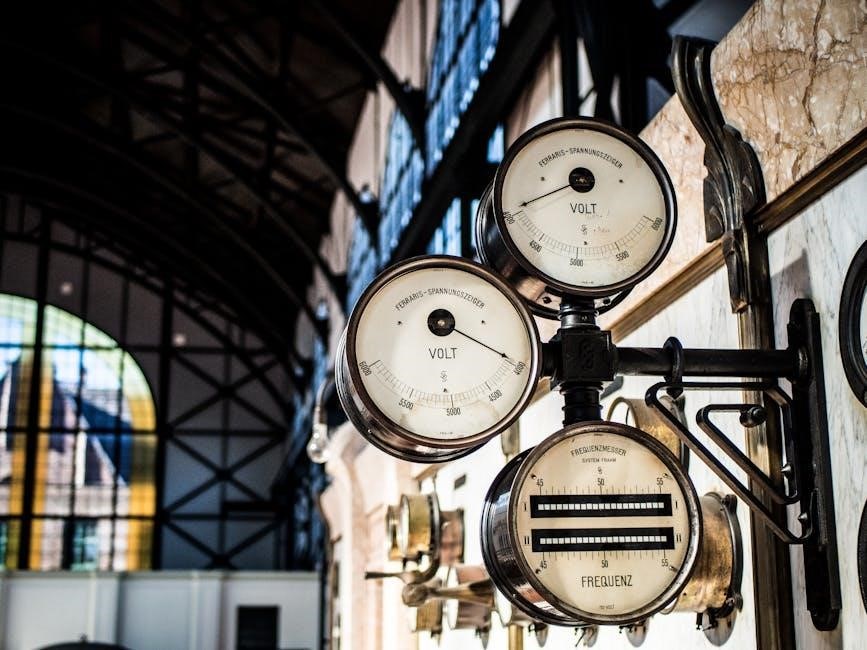
Understanding Speaker Wire Impedance and Resistance
Impedance and resistance in speaker wire affect signal flow and sound quality. Lower resistance reduces energy loss, ensuring clear audio transmission from amplifier to speakers.
How Impedance Affects Speaker Wire Selection
Impedance plays a key role in selecting speaker wire. Lower impedance systems require thicker wires to minimize resistance and ensure efficient power transfer. For example, a 4-ohm speaker system benefits from a lower gauge (thicker) wire, such as 12 or 14 AWG, to handle higher current flows without significant signal loss. Higher impedance systems, like 8 ohms, can use slightly thinner wires, such as 16 AWG, as they carry less current. Matching the wire gauge to the impedance ensures optimal performance and sound quality, preventing power loss and distortion.
Resistance and Its Impact on Sound Quality
Resistance in speaker wire directly affects sound quality. Thinner wires (higher gauge) have more resistance, leading to signal loss and reduced power delivery to speakers. This results in weaker bass and a less detailed audio experience. Thicker wires (lower gauge) offer less resistance, ensuring more of the amplifier’s power reaches the speakers. For longer runs, larger gauges are essential to maintain sound fidelity. Even small increases in resistance can degrade sound quality, especially in high-fidelity systems. Properly selecting wire gauge balances resistance and performance, ensuring clear and powerful audio reproduction. This balance is crucial for achieving optimal listening experiences.

Speaker Wire Gauge and Maximum Length
Speaker wire gauge and length are critical for maintaining sound quality. Thicker wires (lower gauge) can handle longer distances without significant signal loss, ensuring optimal audio performance.
Recommended Gauges for Different Distances
Choosing the right speaker wire gauge depends on the distance between your amplifier and speakers. For shorter runs (up to 50 feet), a 16-18 AWG wire is sufficient; Medium distances (50-100 feet) require a thicker 14-16 AWG to minimize resistance. For longer runs (over 100 feet), a 12-14 AWG wire is recommended to ensure minimal signal loss and maintain sound quality. Proper gauge selection ensures your system delivers clear, undistorted audio across various setups.
Calculating the Right Gauge for Your Setup
To determine the ideal speaker wire gauge, consider your system’s impedance, wire length, and acceptable resistance. A lower AWG (thicker wire) reduces resistance, minimizing signal loss. For example, 14 AWG is suitable for 100 feet with 8-ohm speakers, while 12 AWG is better for longer runs. Use a speaker wire gauge chart or online calculator to balance gauge and length. Thicker wires ensure better sound quality over distance, but may be bulkier. Always match your setup’s specifics to avoid excessive resistance and maintain clear audio performance.

How to Choose the Right Speaker Wire
Selecting the right speaker wire involves considering impedance, resistance, and length. Thicker wires (lower AWG) reduce resistance, ensuring better sound quality over longer distances. Always match your setup’s needs for optimal performance.
Factors to Consider: Impedance, Resistance, and Length
When selecting speaker wire, impedance, resistance, and length are key factors. Impedance must match your system to avoid signal loss. Resistance increases with thinner wires and longer runs, degrading sound quality. Longer wires require thicker gauges to minimize resistance. For example, 16-gauge wire is suitable for short distances, while 14-gauge is better for longer runs. Balancing these factors ensures optimal audio performance and prevents signal degradation. Always consider your specific setup to choose the right wire for clear and uninterrupted sound.
Speaker Wire Gauge Chart: A Handy Reference
A speaker wire gauge chart simplifies the selection process by providing a clear reference for wire sizes and their applications. Common gauges range from 10 AWG to 18 AWG, with lower numbers indicating thicker wires. For example, 10 AWG is suitable for long runs up to 100 feet, while 18 AWG is better for shorter distances under 30 feet. The chart typically includes maximum length recommendations based on impedance and resistance, ensuring minimal signal loss. This handy guide helps audiophiles and installers choose the right wire for their specific audio systems, optimizing sound quality and performance.
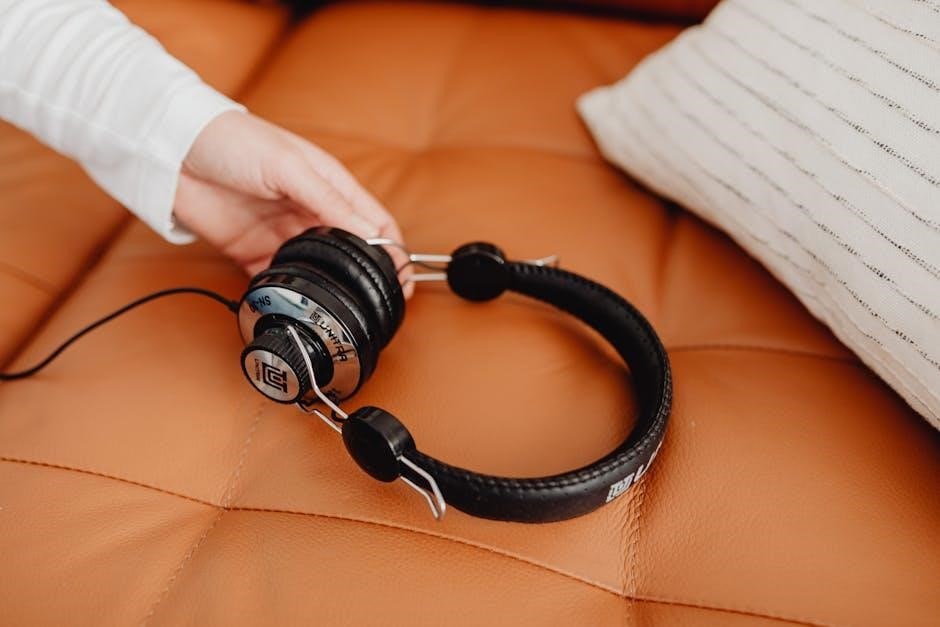
Different Types of Speaker Wire
Speaker wires vary by material and gauge, with copper being the most common due to its excellent conductivity. Other materials include silver and aluminum, each offering unique benefits.
Understanding AWG (American Wire Gauge)
American Wire Gauge (AWG) measures wire thickness, with lower numbers indicating thicker wires. Common speaker wire gauges range from 12 to 18 AWG. Thicker wires (lower gauges) reduce resistance and signal loss over longer distances. AWG is crucial for matching wire size to your system’s needs, ensuring optimal sound quality. Copper is the most popular material due to its high conductivity. Understanding AWG helps in selecting the right wire for your setup, balancing performance and practicality. This system ensures compatibility and minimizes signal degradation, making it a cornerstone of speaker wire selection.
Copper vs. Other Materials: What’s Best?
Copper is the preferred material for speaker wire due to its high conductivity and affordability. While silver offers even better conductivity, it’s expensive and prone to oxidation. Aluminum is a budget-friendly alternative but has lower conductivity and is less durable. Copper’s balance of performance and cost makes it the top choice for most audio systems. For home theater setups, 14-16 AWG copper wire is often recommended. Copper ensures minimal signal loss and clear sound quality, making it the industry standard for speaker connections. Other materials, like silver-coated copper, offer enhanced performance but at a higher price point.
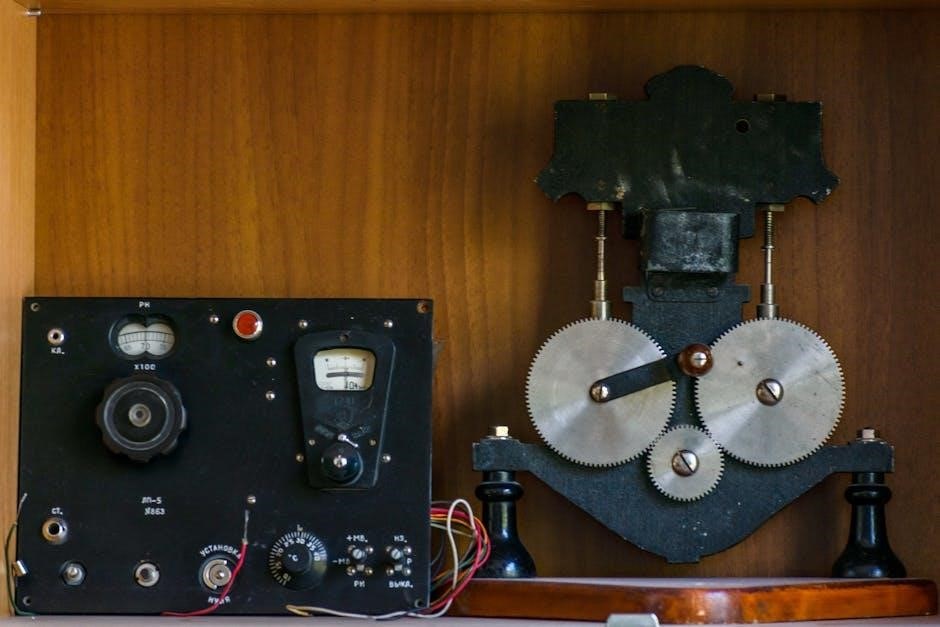
Installation Tips and Best Practices
Ensure secure connections to avoid signal loss. Use twisted pairs for noise reduction. Keep wires away from power sources to minimize interference. Test connections thoroughly before finalizing the setup.
How to Properly Connect Speaker Wire
To properly connect speaker wire, start by stripping 1-2 inches of insulation from both ends. Twist the exposed wires neatly to ensure good contact. Connect the positive terminal on the speaker to the positive terminal on the amplifier using the same gauge wire. Use banana plugs or spades for secure, high-quality connections. Avoid loose or frayed ends, as they can cause signal loss. Keep wires away from power cables to prevent interference. Double-check all connections for tightness and accuracy. Test the setup with a low-volume audio signal to ensure proper functionality. Labeling your wires can help maintain organization and clarity.
Avoiding Common Mistakes in Speaker Wire Installation
When installing speaker wire, avoid using the wrong gauge, as it can lead to signal loss or overheating. Ensure connections are secure and not loose, as this can cause poor sound quality. Do not route wires near power cables, as this can introduce interference. Avoid twisting wires excessively, as it may damage the conductors. Never use damaged or frayed wires, as they can create electrical issues. Always match the wire’s positive and negative terminals correctly to prevent phase cancellation. Use appropriate connectors, like banana plugs or spades, for reliable connections. Finally, label your wires clearly to avoid confusion during setup or future adjustments.
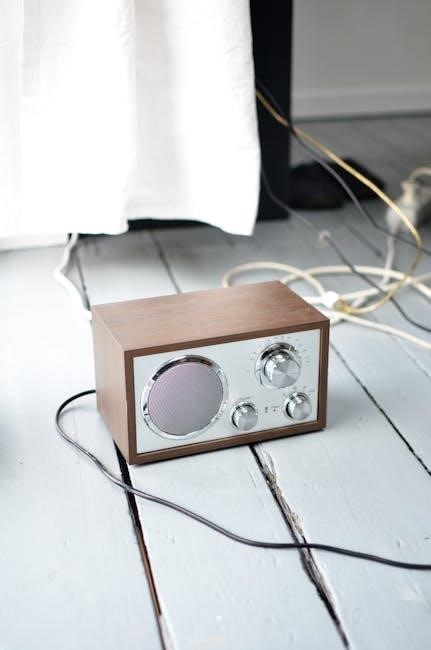
Speaker Wire for Different Applications
Speaker wire selection varies by application, with home theaters and car audio requiring specific gauges for optimal sound quality and signal integrity in different environments.
Home Theater Systems: What Gauge is Best?
For home theater systems, the ideal speaker wire gauge depends on the setup’s power and distance requirements. A 12-14 AWG wire is typically recommended for most home theaters, ensuring minimal signal loss and optimal sound quality. Thicker wires (lower gauge) are better for longer runs or higher-powered systems, while thinner wires (higher gauge) suffice for shorter distances. For example, 14 AWG is suitable for runs up to 50 feet, while 12 AWG is better for longer distances or more powerful amplifiers. Choosing the right gauge ensures clear audio and efficient power delivery to your speakers;
Car Audio Systems: Choosing the Right Wire
For car audio systems, selecting the right speaker wire is essential for optimal performance. A lower gauge wire (e.g., 14-16 AWG) is often recommended to minimize resistance and ensure clear sound quality. These gauges balance durability and flexibility, making them ideal for car installations. Thicker wires handle higher power outputs without significant signal loss, while thinner wires suffice for lower-powered systems. Always consider the length of the wire run and the power requirements of your setup to avoid degradation in sound quality. High-quality copper wire is preferred for its conductivity and reliability in car audio environments.
FAQs and Common Questions
What gauge wire do I need? How long can my speaker wire be? These FAQs address common concerns about resistance, impedance, and sound quality in speaker wire setups.
What Gauge Wire Do I Need for My Speakers?
Choosing the right speaker wire gauge depends on your system’s impedance, the distance between components, and the desired sound quality. Lower gauges (e.g., 12 or 14 AWG) are thicker, offering less resistance and better signal transfer, ideal for longer runs or lower-impedance speakers. Higher gauges (e.g., 16 or 18 AWG) are thinner and suitable for shorter distances or higher-impedance systems. A 14 AWG wire is often recommended for distances up to 50 feet, ensuring minimal signal loss. Always consult an AWG chart or calculator to match your setup’s specific needs for optimal performance.
How Long Can My Speaker Wire Be Without Signal Loss?
The maximum length of speaker wire without signal loss depends on the gauge and impedance. Thicker wires (lower AWG) handle longer distances better. For 8-ohm systems, 14 AWG is recommended for up to 80 feet, minimizing resistance. Always refer to an AWG chart to ensure optimal performance and sound quality in your setup.
Selecting the right speaker wire gauge is essential for maintaining sound quality and preventing signal loss. Key factors include wire thickness, impedance, and distance. A lower AWG (thicker wire) is best for longer runs, while higher AWG (thinner wire) suffices for shorter distances. For 8-ohm systems, 14 AWG is recommended for up to 80 feet to keep resistance below 5%. Always consult an AWG chart for precise calculations. Prioritize copper for its conductivity and reliability. Proper installation and avoiding common mistakes ensure optimal performance. Invest in quality wire and organize it neatly for a professional setup.


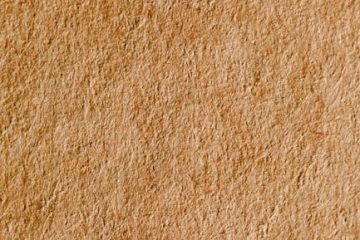
0 Comments